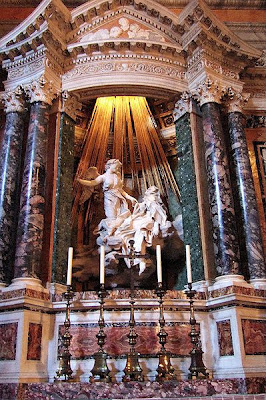Degas, as an impressionist, didn't consider himself part of that movement. He would much rather be called a realist. There is one thing you can't argue he liked to paint.
Dance...
Dance...
And more Dance.
Degas was most known for his dance images.

He often took the quiet moments of practice that Degas chose to portray, taking different perspectives than many of his contemporaries would have.
This is an example of where he could be argued as a realist painter--taking a real view from the pit of the orchestra.
He often played with different medium. This is a bronze statue of (you guessed it) a 14 year old dancer. This one can be pointed to for impressionist sculpture, mixing this traditional method and added things like the pink ribbon.
Degas didn't just do dance. He did paint many mundane moments in life, being inspired by the Japanese woodcuts, as were many of the impressionist artists.
If you have topics in art history you're just itching to hear more about, leave us a comment or email us at: uvu.artsandfacts@gmail.com.

































